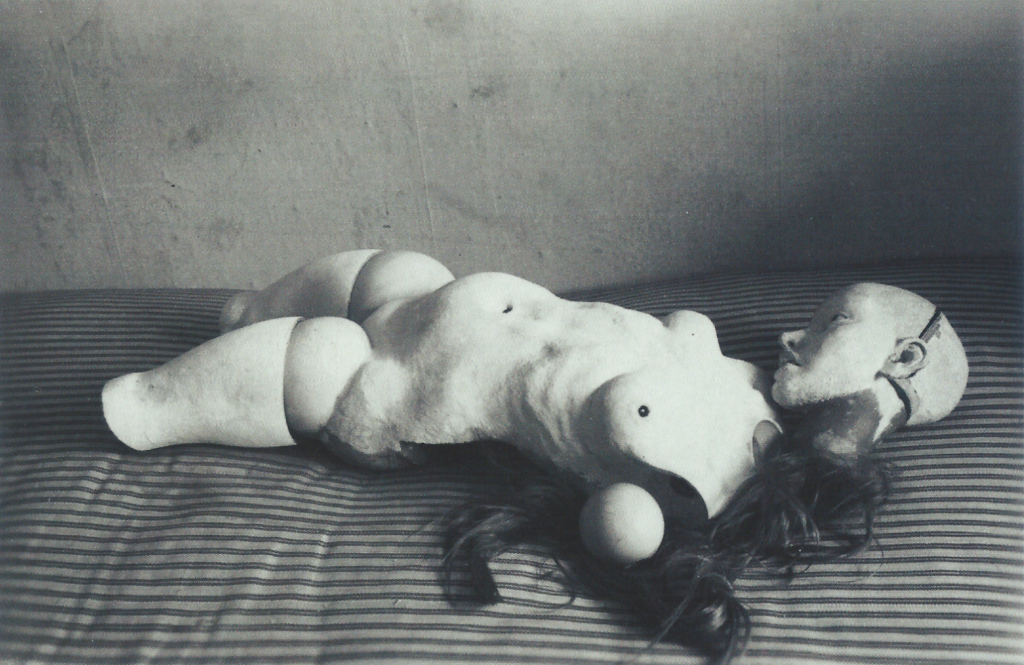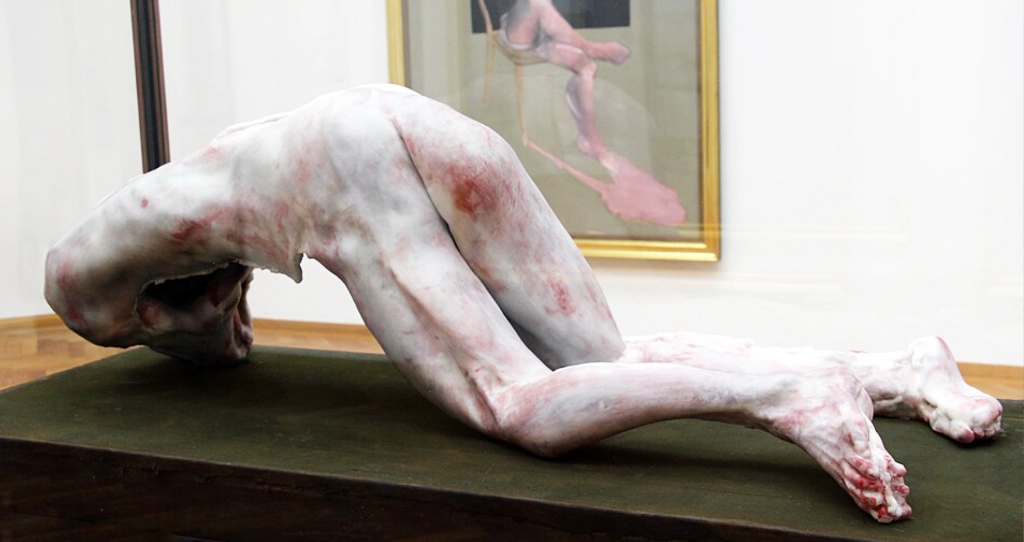The human experience through dark art
Among all the art styles I’ve encountered, dark art is the one that grips me hardest. There’s something almost hypnotic about it. Whether it’s a glimpse into the grotesque, the melancholic, the erotic, or the politically charged, dark art holds a mirror to the parts of life we often try to avoid. And for me, that mirror has always felt oddly comforting. Maybe it’s my stoic leanings or a stubborn craving for raw honesty. Or maybe it’s just the fact that dark art doesn’t flinch. It doesn’t tidy up the chaos, it lays it bare.
Dark art isn’t new. It’s existed for centuries, woven through religious iconography, psychological horror, myth, and critique. It lives in quiet museums, bold galleries, underground zines, and dystopian digital feeds. It’s human, in all its complexity.
Here are some of the creators who’ve left a lasting mark on me, some widely known, others quietly carving their own paths through shadow.
Ralph Steadman
Steadman’s work is controlled madness. A British illustrator best known for his collaborations with Hunter S. Thompson, he conjures visual chaos that somehow makes sense. His art is unfiltered and visceral, and I adore how he leans into discomfort, splatters, scribbles, satire, and savagery. His drawings look like they’re breathing. Or screaming. Maybe both.
Francis Bacon
Bacon’s paintings wreck me in the best way. The way he captures anguish—those contorted, flesh-heavy figures trapped in psychological cages, it’s deeply unsettling, but impossible to look away. His work is emotionally violent, and I mean that as a compliment. He doesn’t paint humans. He paints humanity. Raw, fragile, broken. Real.
H.R. Giger
If you’ve ever seen Alien, you’ve seen Giger’s nightmares. And what a strange kind of beauty they hold. His work feels biomechanical, sexual, skeletal, like machines dreaming of flesh. What fascinates me most is how his horror is designed. Cold, elegant, deliberate. You’re not just looking at something terrifying, you’re inside it.
Zdzisław Beksiński
Beksiński paints the kind of dreams you wake up sweating from. Landscapes stripped of logic. Bodies without faces. Entire worlds of decay and silence. There’s a haunting calm to his chaos, as if you’re staring at the ruins of something divine. His palette, muted, dirty, gold and grey, makes the horror feel poetic. I’ll never stop looking at his work.
Hieronymus Bosch
Spending years in the Netherlands, I couldn’t not mention Bosch. He’s the OG dark surrealist, centuries before we had the word for it. His paintings are like fever dreams loaded with religious guilt, absurdity, humour, and fear. Monsters with bird feet, demons doing very weird things to humans, every canvas a labyrinth of moral metaphor. Bosch walked so surreal horror could run.
Henry Fuseli
Fuseli was gothic before it was cool. His painting The Nightmare is iconic for a reason, it looks like the embodiment of sleep paralysis. What I love is how he infused myth and theatre into his work, adding layers of story beneath the spooky. His figures are always on the edge, of madness, passion, violence, and that tension draws me in.
Hans Bellmer
Bellmer’s work isn’t easy. It’s twisted, deliberately uncomfortable, often disturbing. But it says something. His disjointed dolls and surreal photographs push boundaries, sometimes crossing them. He forces us to confront our relationship with the body, with desire, with control. You don’t have to like it to learn from it. And that’s why I respect it.

Berlinde De Bruyckere
There’s this piece I used to visit at the Gemeentemuseum in The Hague, limbs floating in a glass box, waxy and pale like they’d been pulled from water. I circled that thing for ages trying to figure out what I was feeling. De Bruyckere’s work sits somewhere between sculpture and ritual. She blends animal skins, religious iconography, myth, and pain into something deeply intimate. You feel her work in your body, not just your eyes.

Roger Ballen
Photography as madness. Ballen’s black-and-white images are not easy to categorise, part documentary, part surreal theatre. Cracked walls, tangled wires, haunted faces. His photographs seem staged and spontaneous all at once. He captures the fractured self, the version of you that only shows up in nightmares or therapy. And that’s what makes his work so unforgettable.
Antoine d’Agata
Antoine d’Agata doesn’t observe from a distance, he enters. His photographs feel like they were taken from inside a fever. Addiction, sex, poverty, trauma, he captures the lives that society edits out. His work is not comfortable, but it’s honest. Brutally so. He doesn’t exploit, he exposes. And in doing that, he brings visibility to the invisible.
Other noteworthy dark art artists
As I’ve mentioned before, there are numerous artists deserving of recognition in dark art. While some didn’t make the initial list for fear of being a bit too predictable, others were left out due to uncertainty regarding their classification as creators of dark art. However, I’ve observed common threads in either their subject matter or their unique approach to capturing it. Here are others I deeply admire for their ability to tap into the darker layers of human experience, whether through technique, theme, or sheer emotional weight.
- Francisco de Goya
- Gustave Doré
- Cornelis Saftleven
- Peter Paul Rubens
- Chet Zar
- Franse Louise Bourgeois
- Paul Kooiker
- Hans Baldung
- Edvard Munch
- Caravaggio
- Michael Lotenero
- Olivier de Sagazan
If you think I missed someone, or want to argue about whether they count as “dark”, send me a message. I love those kinds of conversations.
Conclusion
What fascinates me about dark art is that it refuses to lie. It shows the parts of life that are uncomfortable to look at, loss, mortality, fear, longing, violence, shame, and transforms them into something meaningful. Sometimes even beautiful.
These artists, past and present, have dared to enter the shadows and bring back something for the rest of us to see. They’ve helped me understand that darkness isn’t the opposite of light. It’s part of it. It holds truth. And I’m deeply grateful for every creator who chooses to work in that space. Because through them, we get to feel something real.
